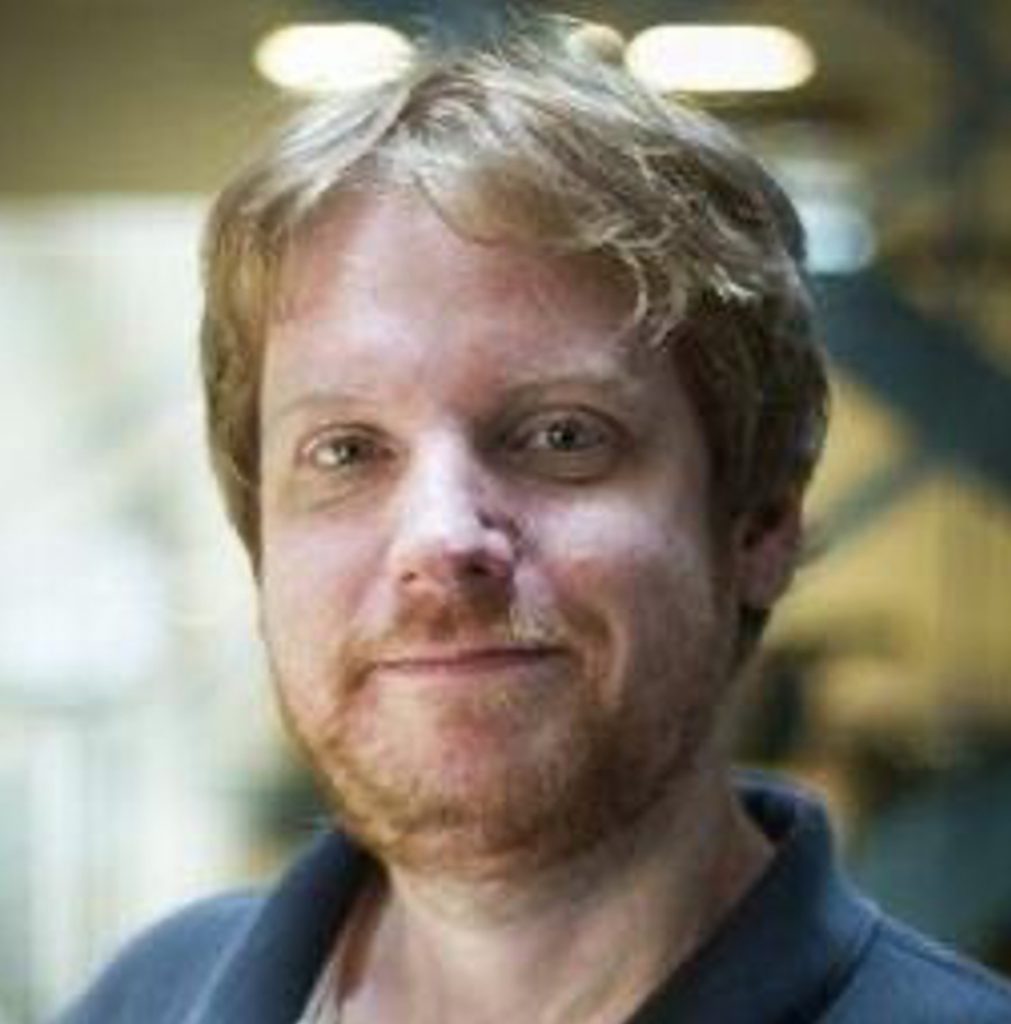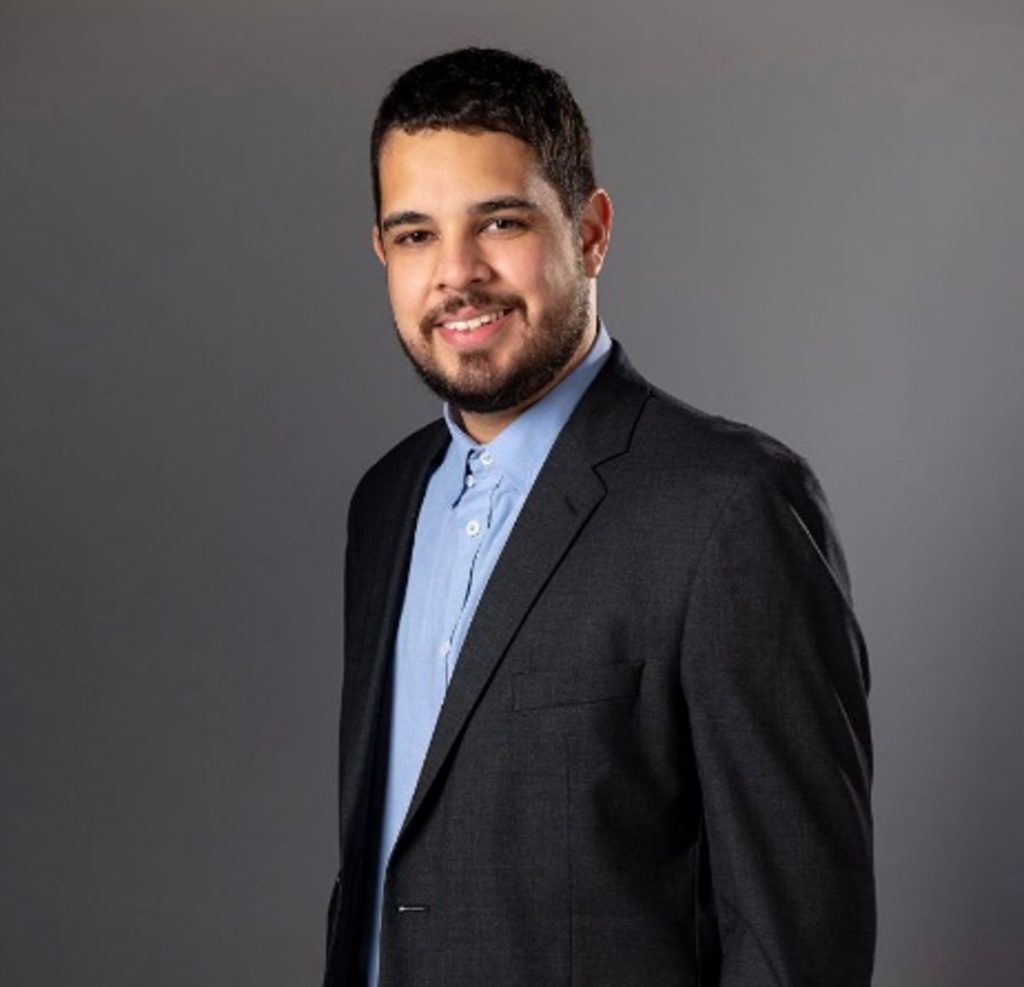Tutorials
Tutorial 1 – Introduction to Godot Game Engine given by its Creators
November 3rd, 16h – 19h
Speaker: Juan Linietsky (Godot Engine), Argentina
Speaker Bio: Juan Linietsky is a game technology expert and entrepreneur from Buenos Aires and one of the initiators of the Argentinian Video Game Industry in the early 2000s. He is the founder of many companies in the country and has licensed technology to create some of the biggest titles published from the region. He is also the co-creator and development lead of Godot Engine, the most popular free and open source game development tool.

Tutorial 2 – Cross-sector and cross-discipline project planning for serious interactive digital narratives
November 3rd, 16h – 19h
Speaker: Nicole Basaraba, Studio Europa Maastricht, Maastricht University, The Netherlands
Tutorial Description: As interactive digital narratives are increasingly being co-produced by experts across sectors and in collaboration with the public, there needs to be a larger underlying theme, communication goal, and rationale for constructing the project. Strong authorial control on behalf of experts has been the most common approach to date because they often solicit input from the public rather than completely putting the narrative in their hands, but new opportunities lie in cross-sector collaboration and in allowing public participation. As more collaborative digital narratives are being developed, it raises the challenge of authorial control of the resulting emergent narrative(s). This challenge to authorial control has been termed the “narrative paradox” by Aylett (1999) who introduced the difficulty of “retaining the original narrative” because the audience is actively involved. This is particularly true in the case of virtual environments where the audience becomes a “user,” “interactor” or even a “co-producer” of the narrative. The questions that digital narrative creators need to consider include: Who is the narrative audience? How much should the “users” participate in the narrative production process? What would the successful communication of the narrative look like (e.g., metrics)? Which media/modalities should be used? How should the narrative be designed aesthetically? How can it be “immersive”? What maintenance or updates do different digital narratives need? This tutorial will help participants answer these types of questions through a theory-based project planning process, namely a “seven-phase framework” for creating nonfiction edutainment experiences from the ground up (Basaraba, 2018). The types of “serious digital stories” to be worked on can take various formats, such as serious games, mobile apps, interactive web exhibitions/documentaries, AR/VR, depending on the interests and needs of the project developers. Participants that would most benefit from this tutorial would be research groups, collaborative teams from institutions (e.g., museum, NGO, news reporters), creative industries, and (preferably) one member from each sector. By the end of this tutorial a team of collaborators could develop a drafted project proposal for a future academic funding application or a series of “next steps” for carrying out an R&D project. Note: participants can develop a brand-new idea or work on mapping an existing idea/project into the respective phases. Individuals are also encouraged to attend as they can be paired up with other individuals or teams to learn the project planning process and brainstorm future project ideas.
Dr. Nicole Basaraba´s research focuses on the creative practices for developing and evaluating interactive digital narratives for cultural heritage, tourism, public history, and digital humanities projects. Basaraba holds a PhD in Digital Humanities from Trinity College Dublin (Ireland), which was funded by the ADAPT Centre – The Global Centre for Digital Content Technologies. She also holds a Master of Arts in Communications and Technology from the University of Alberta (Canada). Basaraba has also completed a Visiting Research Fellowship at the Centre for Contemporary and Digital History at the University of Luxembourg. Her work as been published in Frontiers of Narrative Studies, New Review of Hypermedia and Multimedia, and her monograph titled Transmedia for Cultural Heritage: Remixing History is forthcoming with Routledge, UK. She also has eight years of professional experience developing digital stories for higher education and industry.

Tutorial 3 – Understanding Cybersickness and Designing comfortable Applications (Inside the W3 – Workshop on Interactive Immersive Entertainment: VR/XR/AR in Digital Entertainment)
November 2nd , 14h – 17h
Speaker: Thiago Porcino Malheiros, Dalhousie University, Canadá
Description: Activities such as virtual training environments, simulations and entertainment in immersive virtual formats are constantly becoming more popular with the continued development and public interest in VR technologies over the last years. In 2019, the VR hardware market was valued at 4.4 billion US dollars and is expected to reach 10 billion US dollars by 2022.
Head-mounted displays (HMDs) are one of the means of achieving immersive virtual reality. These devices usually consist of electronic displays and lenses that are fixed over the head where the display and lenses face the eyes of the user. HMDs are used for various purposes in the industry such as in games that focus on entertainment, military, education, therapy, and simulators for numerous contexts. Unfortunately, HMDs are strongly related to frequent manifestations of discomfort. Among the possible manifestations, cybersickness (CS) deserves special attention as it is the most frequent and is usually associated with long exposures to HMDs. The most frequent symptoms caused by CS are general discomfort, headache, stomach awareness, nausea, vomiting, sweating, fatigue, drowsiness, disorientation, and apathy. These symptoms impact the user experience and affect the profit and coverage of the VR game industry. This tutorial aims to visit theories and fundamentals of cybersickness manifestations. Moreover, we present some guidelines to overcome this problem and discuss the use of some applications.
Thiago Porcino obtained his doctorate in 2021 (UFF), following the Cybersickness research line (one of the biggest problems for the massification of content and devices in virtual reality). He also holds a Masters in Computer Science (UFF), an MBA in Advanced Computer Engineering (UFRJ), and a degree in Computer Science (UGF). He has approximately 12 years of experience in the professional area of computer graphics, where he spent most of his time at Rede Globo in important internationally awarded projects. In the last two years, he worked as a researcher at the Federation of Industries of the State of Rio de Janeiro (Firjan), researching and developing virtual and augmented reality systems. He is currently working at Dalhousie University as postdoctoral fellow.
